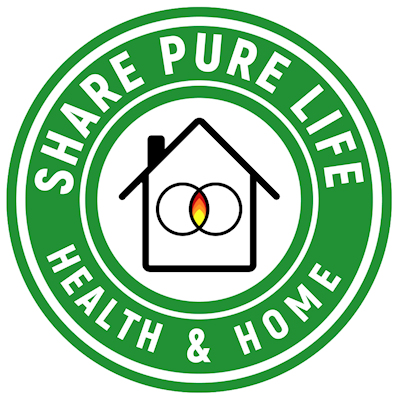What are Molds?
Molds are microscopic organisms that live on plant or animal matter. They aid in the break down of dead material and recycle nutrients in the environment. Present virtually everywhere, they can be found growing on organic material such as soil, foods, and plant matter. In order to reproduce, molds produce spores, which spread through air, water, or by insects. These spores act like seeds and can form new mold growth if the conditions are right.
Why do molds grow?
Mold will grow and multiply under the right conditions, needing only sufficient moisture (e.g., in the form of very high humidity, condensation, or water from a leaking pipe, etc.), and organic material (e.g., ceiling tile, drywall, paper, or natural fiber carpet padding).
Can mold become a problem in my home?
Mold growth may occur in your home if there is sufficient moisture because mold spores are everywhere. Be on the lookout for these common sources of moisture:
-
Flooding
-
Roof leaks
-
Plumbing leaks, drainage problems
-
Damp basements and crawl spaces
-
Steam from the bathroom or kitchen
-
Condensation resulting from poor or improper insulation or ventilation
-
Humidifiers
-
Wet clothes drying inside the home or a clothes dryer venting indoors
-
Poor or improper ventilation of combustion appliances
Indications of a moisture problem may include discoloration of the ceiling or walls, warping of the floor, or condensation on the walls or windows. The key to preventing mold growth is to control all moisture problems.
Can mold make my family sick?
Exposure to mold can cause health effects in some people. The most common effects are allergic responses from breathing mold spores. These allergic responses include hay fever or asthma and irritation of the eyes, nose, throat or lungs. We usually cannot say how much mold is too much as our reactions to allergens can vary greatly depending on individual sensitivity. Allergic responses can come from exposure to dead as well as to living mold spores. Therefore, killing mold with bleach and or other disinfectants may not prevent allergic responses. Less common effects of mold exposure include infections and toxic effects. Serious infections from living molds are relatively rare and occur mainly in people with severely suppressed immune systems. Many types of molds may produce toxins but only under certain growth conditions. Toxic effects have been reported from eating moldy grain, but evidence is weak that breathing mold spores in buildings causes toxic effects.
What are common symptoms of mold exposure?
Allergy and irritation are the most common symptoms of mold exposure. Although symptoms will vary, the most common symptoms seen in people exposed to mold indoors include:
Nasal and sinus congestion
Eye irritation, such as itchy, red, watery eyes
Respiratory problems, such as wheezing and difficulty breathing
Cough
Throat irritation
Skin irritation, such as a rash
Headache
Who is most at risk for health problems from mold exposure?
Exposure to high amounts of mold is not healthy for anyone, so obvious mold growth in the home should be cleaned up. However, some individuals may be more susceptible to health problems from mold exposure. These include: Individuals with current respiratory sensitivities (e.g., allergies, asthma, or emphysema) Individuals with a compromised immune system (e.g., HIV/AIDS infection, organ transplant patients, or chemotherapy patients)
Are some molds more harmful than others?
Any extensive indoor mold growth should be treated as a potential health concern and removed as soon as practical no matter what species of mold is present. Identify and correct the source of moisture so that mold will not grow back.
